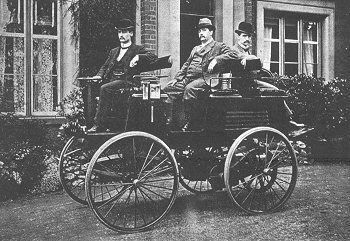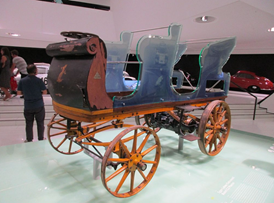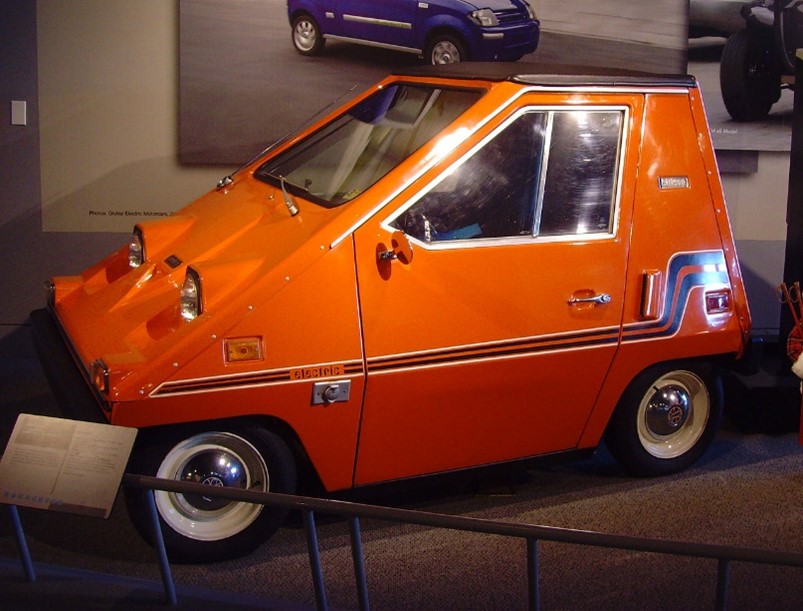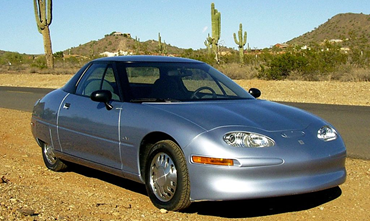LAVAL 1 800 361-0338
Lévis 1 866 835-5335
The History of Electrical Vehicle
The history of electric vehicles began earlier than many believe, as early as in the nineteenth century! Indeed, some historians mention that Scotsman Robert Anderson would have invented an electric car in 1830. Then, in 1835, in Groningen, Netherlands, Sibrandus Stratingh would have developed an experimental electric car on a small scale. In the late 1800s, in Europe, Electrical Engineers Gustave Trouvé (France, 1881) and Thomas Parker (England, 1895) left their mark by offering electric cars that could carry several passengers. The famous Ferdinand Porsche, founder of the Porsche (1931) and Volkswagen (1937) brands, unveiled the Egger‑Lohner C2Phaeton P1 in 1898, which was powered by two electric wheel motors.


Thomas Parker (center, 1895)Porsche Egger-Lohner C2 Phaeton P1 (1898)
In America, it was English Chemist William Morrison, with the help of Mechanical Engineer Dr. Lew Arntz, who had the honor of being the first to manufacture an electric car. Their first prototype was assembled in 1887 in Iowa, as well as their second one in 1890, which could accommodate seven passengers.
At that time, three sources of energy were available to power vehicles:
- The steam engine, a proven technology, which took a long timeto start and required frequent water fillings.
- The internal combustion engine (gasoline,diesel or even oil!), which was physically difficult to start (with a crank, aselectric starters did not exist at that time) and was noisy and malodorous.
- The electric motor, which did not have the disadvantages ofthe other two, but whose autonomy was limited.
These three technologies followed each other very closely for a long time; however, electric and steam vehicles were gradually put aside to make way for gasoline vehicles around 1935, especially due to the arrival of the Ford Model T (1908), the discovery of oil fields in Texas (1930) and the appearance of gas stations.
The oil crisis of 1973, which led to a price increase of gasoline, reintroduced the interest in electric vehicles. Several models (some looked unusual) made their appearance. However, these electric cars were put aside again after the end of the crisis around the 1980s.

Sebring-Vanguard CitiCar (1974-1977)

General Motors EV1 (1996)
Nowadays, almost all major automobile manufacturers have at least one electric model in their product range, and this number is growing. At this pace, it is difficult to believe thatelectric vehicles will be put aside for a third time.


